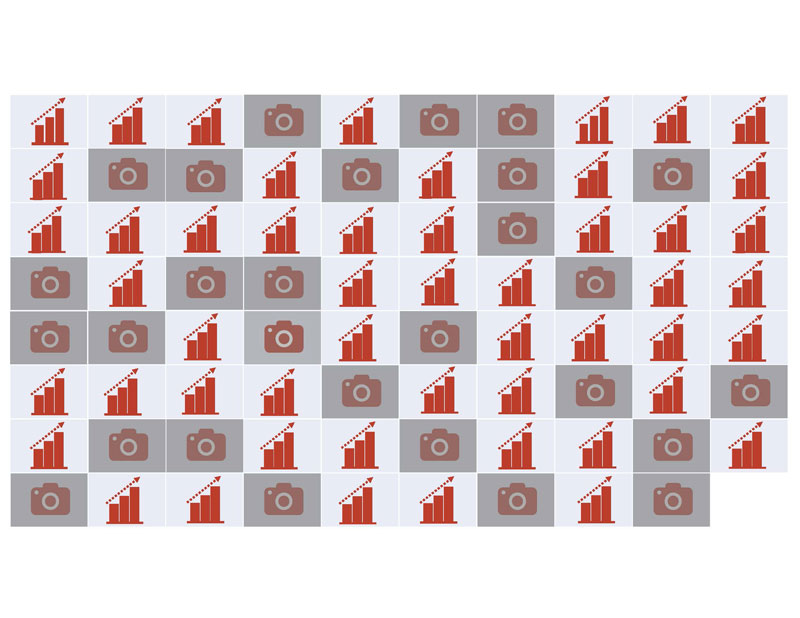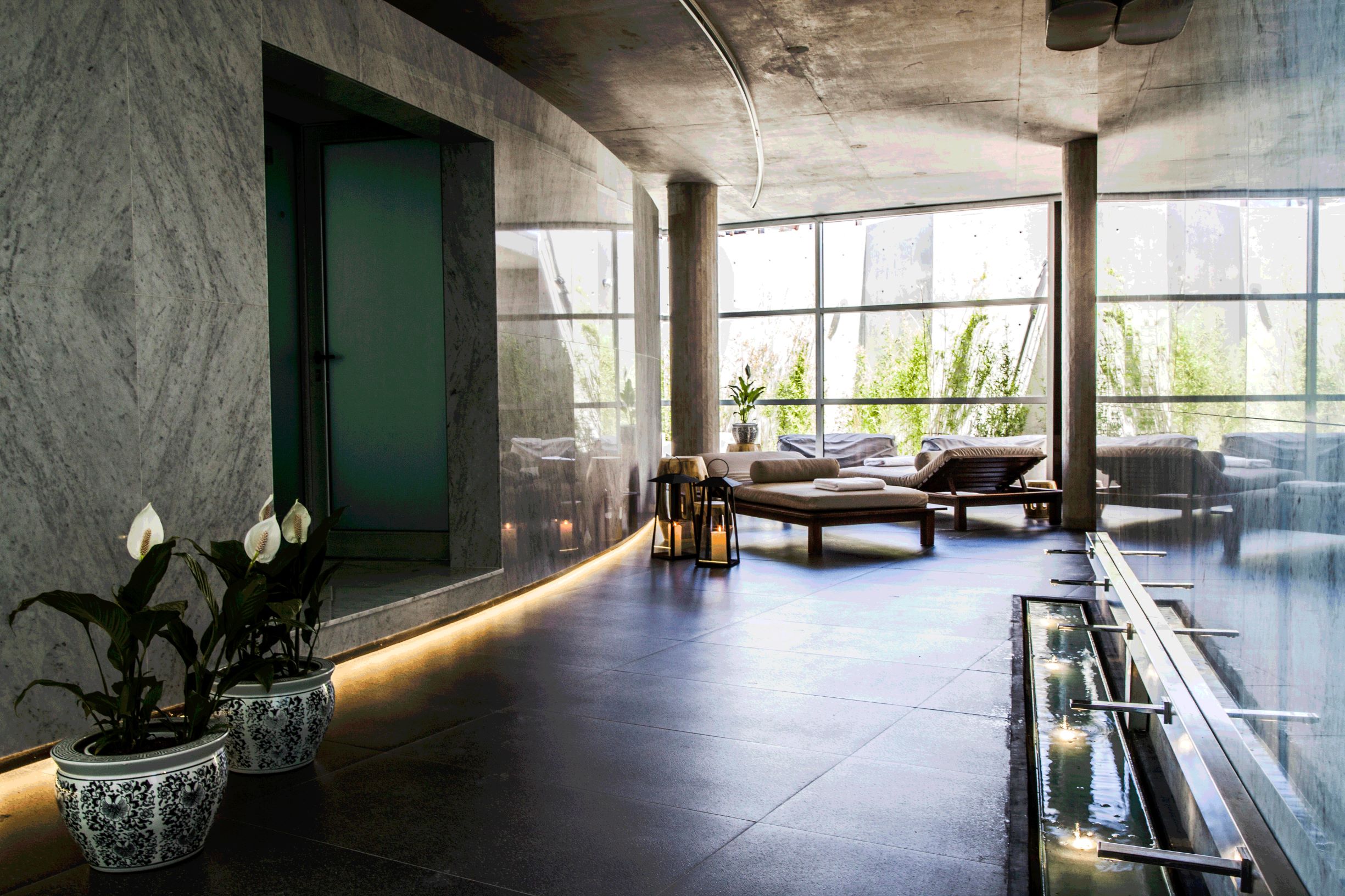River Plate had one foot in the semi-finals already after last week’s 2-0 win over Nacional in Avellaneda but emphatically set a date with Palmeiras with a 6-2 victory over ten-man Nacional on Thursday evening.
Fringe social media networks are seeing their user bases swell in the aftermath of last week’s insurrection at the Capitol building and the subsequent banning of President Trump and some of his. 🇦🇷 National Tango Network 🇦🇷 👉 Let's go for a 2021 full of projects! 💥 Achievements of 2020 Cycles of talks about professionalization, gender and how to produce tango st century Federal Council of Culture Support, Regional Diagnostic Rounds, Tango Protocols and MICA Design (Market for Cultural Industries) with Ministry of Culture of the Nation. Table Tango Federal dance. Blog (2) blogosphere (1) blood (1) blood libel (1) blood ritual (1) bloodsuckers (1) blow to pillar of the eternal Talmudic victim (1) blow to the head (1) Blue Mosque (4) Bnei David Military Mechin (1) boat (5) Bob Alper (1) bodhi tree (1) body of Christ (1) body wash (1) Bogomilism (1) bogus (1) Bohemia (1) Bolivia (3) Bolletino (2) Bologna.
Empty Spaces Lyrics
An already monumental task became all the more difficult for the Uruguayans when goalkeeper Sergio Rochet, the hero from the previous round, got himself needlessly sent off after only 17 minutes.
It didn’t take long for River to take advantage and ensure the tie as a contest was over. Jorge Carrascal, increasingly pushing for a starting role in Marcelo Gallardo’s plans, found space and jinked inside to deliver an exquisite finish into the top corner.
Before long it was two with Nicolás De La Cruz finding the same spot of the Nacional goal from outside the box and while Ayrton Cougo took advantage of a careless River defence to pull one back before the break, it was already damage limitation.
Bruno Zuculini, enjoying the opportunity to get forward, added a simple third and although Nacional would again make the most of generous River defending to score through substitute Santiago Rodríguez it was all one-way traffic.
Empty Spaces Song
If there was little River could take from such a game one important factor was Rafael Santos Borré finding his touch in front of goal once more and the Colombian did just that. The simplest of hat-tricks from close range wrapped up victory and made it six goals in this year’s tournament for Santos Borré.
River will need the Colombian back to his best if they are to go one better than last year in the Copa Libertadores. Palmeiras will certainly pose a far greater threat than Nacional and the two giants will lock horns at the start of January.
The Copa Sudamericana semi final is also complete and Lanús booked their place with a 3-1 second leg win over Independiente in Avellaneda.

Argentinos Juniorsempty Spaces The Blog Archive
Delicately poised after a goalless first leg the two sides were looking to set up a showdown with Vélez Sarsfield but Independiente’s hopes were extinguished in the opening 45 minutes. A disastrous defensive display punished by an unforgiving Lanús attack.
Tomás Belmonte drilled the visitors in front from the edge of the box after quarter of an hour and two minutes later José Sand doubled the lead. Independiente defender Alan Franco, who had looked likely to miss the game through injury, looked at odds with central defensive partner Alexander Barboza and when the pair both left a simple ball over the top to allow Nicolás Orsini to lob in a third before the break it was game over.

In need for four unanswered goals Independiente pushed for a way back but took until the 88th minute for Andrés Roa to slide in a consolation. A limp exit for El Rojo who must now focus on the Copa Diego Maradona while Lanús head to a semi final with Vélez knowing that the chance to add a second international title has perhaps never been better. Like El Granate, Vélez have been inconsistent so far under Mauricio Pellegrino but the winner of that semi-final up against either Defensa y Justicia or Coquimbo Unido in Córdoba will be favourite.
Argentinos Juniorsempty Spaces The Blog Examples
To talk about Bonarda is to talk about Argentine wine. With 18,700 hectares this varietal is second only to Malbec with 42,000ha. Although one may be surprised to know that until the end of the last century the area covered by Bonarda was greater than that of the prodigal son.
However, our Bonarda is not Bonarda. It is Bonarda Argentina!
Introduced by European immigrants at the end of the 19th century, this red varietal was for years confused by winemakers to be of Italian origin like the Bonarda del Piedmont, until in 2009 it was finally proven that it is actually Corbeau Noir, another European varietal originally from Savoy, in the French Alps.
The name Argentina was added because after years of adaptation these vines have little in common with those of Savoy or Piedmont. Basically, they’ve given life to wines which are very typical of Mendoza, where different styles are constantly being made using various innovative techniques.
Bonarda Argentina is a strategic grape for the domestic wine business, as Sebastián Zuccardi, one of the young wine growers who trusts strongly in its potential, says: “The importance of Bonarda for the Argentine viticultural landscape is evident in its adaptability in hot regions, which has convinced growers to trust in its cultivation for many years “.
Sixty percent of Bonarda Argentina is cultivated in the east of Mendoza, a warm zone located at about 700m. Here the style is a juicy and intense red with a balsamic, fruity profile. It is always easy to drink and enveloping.
Simple and delicious, some labels to look out for are Argento, Serie A by Zuccardi, Dante Robino or Saint Felicien, produced by Catena Zapata. Among these, without doubt, you’ll discover the most traditional expression of Bonarda Mendocina.
New horizons for Bonarda

Although its popularity accompanied the growth of Malbec, wineries soon put Bonarda to one side to focus on other varietals, such as Cabernet Franc or, more recently, Las Criollas. However, many winemakers see endless opportunities in this varietal. “We have to think of Bonarda as a varietal with its own identity and not ask it to be like Malbec,” explains oenologist Matías Riccitelli, who, after finding a century old vineyard in Vistalba, a cold area of Luján de Cuyo, started producing a wine with very little intervention, in which a very elegant profile of black fruit can be appreciated.
Along this line, Colonia Las Liebres, made by the oenologist Leo Erazo, is perhaps the epitome of this new expression of Bonarda Argentina. Also worth a mention is the Bonarda from Cara Sur, produced in cement eggs from a forgotten vineyard in Calingasta, San Juan at about 1,500 metres.
Empty Spaces Pink Floyd
Many other winemakers, among them Sebastián Zuccardi, have embarked on a quest in search of different profiles for Bonarda, in its cultivation in colder, high altitude regions. Such exploration “has led to wines with a more complex and delicate tannic structure which, in turn, makes it possible to think of very elegant wines with ageing potential”. Among them, EMMA, which combines grapes from Paraje Altamira and San Pablo.

Bonarda gets cool
The agronomist Alejandro Sejanovich has just presented a wine that will undoubtedly have people talking. Elaborated side by side with the Portuguese Marco Niepoort, it is a variety of Bonarda Argentina from Ugarteche, Luján de Cuyo. It is made naturally, with indigenous yeasts and will soon be marketed under the name NatCool 2018.
“Bonarda gives us the possibility of producing very fresh, juicy wines with good maturity and low alcohol content, if we want. This new wine has only 11.5% alcohol content, which makes it super easy to drink, “says Sejanovich. In line with this, it is worth mentioning Perro Callejero Blanco de Bonarda 2017, the creation of Bernardo Bossi Bonilla, and the now classic, Vía Revolucionaria Bonarda Maceración Carbónica, by Matías Michelini.
